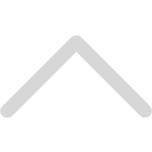Power Solution for Smart Home Controller
Background
With the rising of living standards, people have new requirements for security, intelligence, comfort, beauty, and entertainment in housing. A smart home is the one to meet these demands. Based on the house, smart home integrates the facilities related to family living by technologies of generic cabling, internet communication, security, automation, and audio & video to improve the living circumstance and save energy at the same time. The power supply system is the core of these facilities and the foundation to ensure each control system well running.
Smart Home Structure
We can get a clear idea that smart home consists of lights, power socket control systems, background music systems, electronic door and curtain, audio-visual system, security system, generic cabling system, etc. Because of the compact of the residential houses, the controllers of these systems have a general character- compact size, as small as the common power socket.
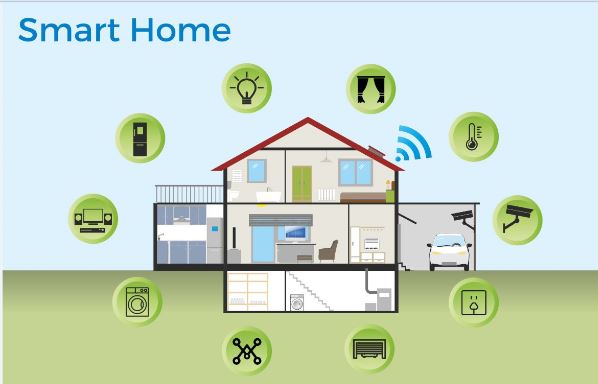
Pic1 illustration of smart home structure
Therefore, the power supply for these controllers also should be small in size to meet the layout requirement of the controller. Moreover, it will be more convenient for people to decorate the house to be beautiful and comfortable with these compact controllers and panels.
Two common solutions to the power supply
Among the traditional design solutions of power supply in the controller circuit, the most common solutions are RC (resistance-capacitance) step-down and the industrial frequency transformer step-down. We will talk about the features of these 2 solutions with pic2 & pic3.
Illustration of the RC step-down circuit of the control panel is shown as pic 2. We can know that the power supply is for the main controller, signal-isolation, and display circuit. The solution shows that a surge-protection circuit at the input side is to ensure the reliability and stability of the power supply circuit, and then the RC step-down circuit converts the voltage, finally using LDO to get regulated voltage to supply for MCU and signal isolation. And the output over-current detection circuit will protect the back-side load when the power supply works abnormally.
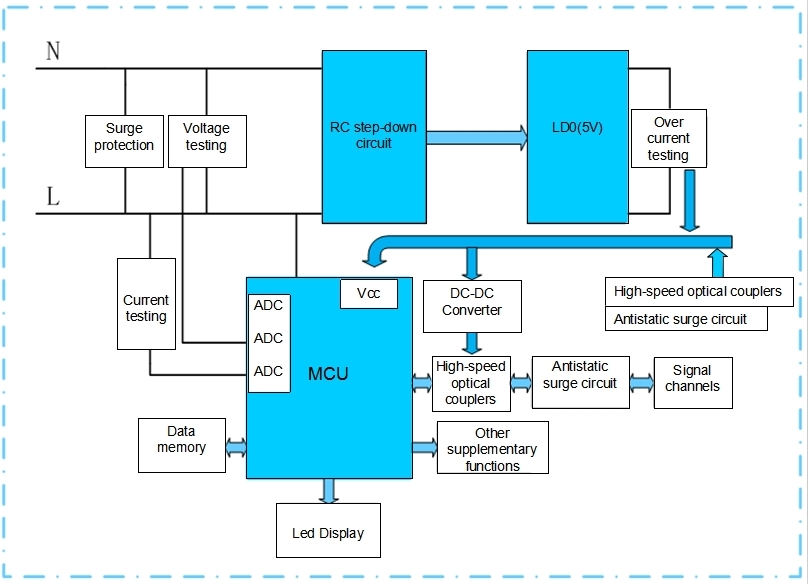
Pic 2 illustrations of power supply solution for RC step-down structure
The advantages of this solution are low cost and small area occupation on PCB, which are the exact demands of the smart home. While, the disadvantages are: 1) low efficiency, 2) narrow range of input voltage, 3) value of the load is easy to be affected, 4)uneasy to test the circuit. The worst point is the non-isolation between the input and output, it may easily lead to an electric shock which may cause harm to personal safety.
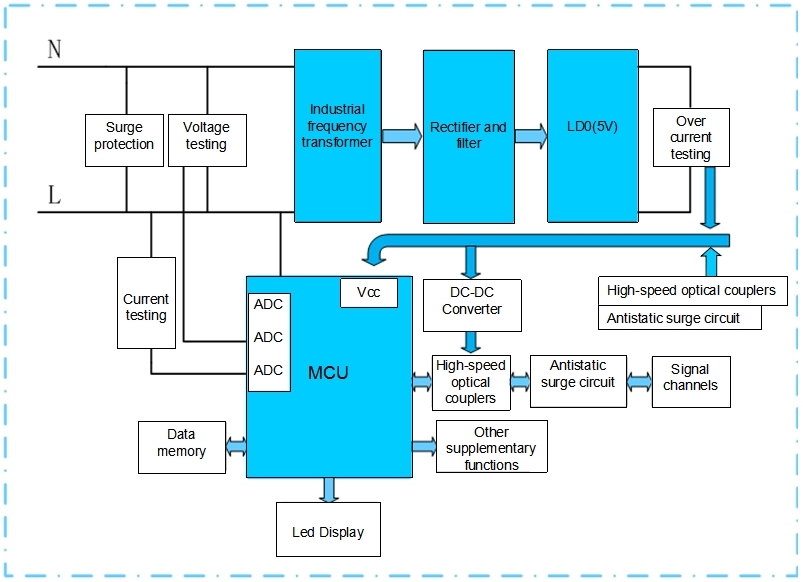
Pic 3 illustrations of power supply solution for frequency transformer step-down structure
The advantages of this solution are: 1) easy to test, 2) simple in circuit structure, 3) safety level upgraded as the input and output is isolated by the transformer, and 4) lower cost.
Its disadvantages are 1 ) limitation of the input range, 2) bulky in size, and low in efficiency, which is against the demands of the smart home as compact size and energy-saving.
A typical AC/DC power module for smart home
The above two solutions have different disadvantages. RC (resistance-capacitance) step-down circuit may cause harm to personal safety and the industrial frequency transformer step-down circuit doesn’t satisfy the request for compact size and energy-saving. To eliminate the disadvantages, Mornsun provides high-efficiency green AC/DC power modules with miniature packaging LS series for smart home applications.
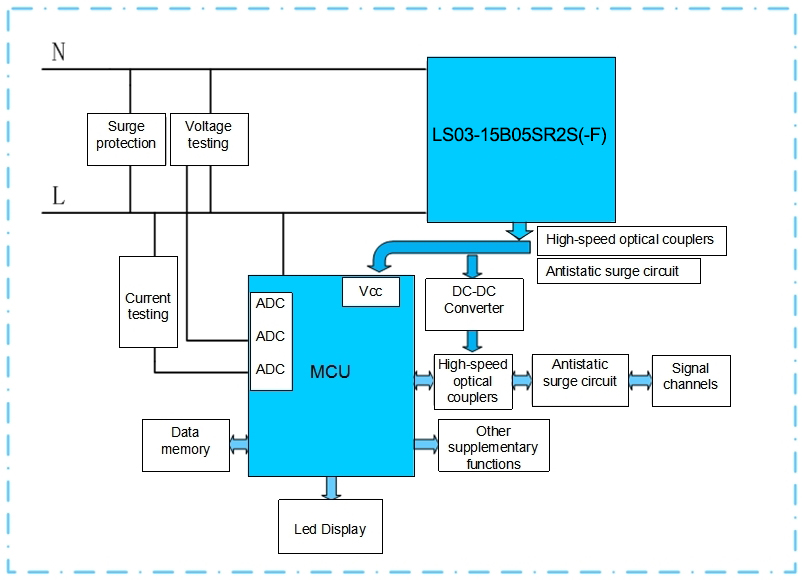
Pic4 illustration of switch power supply solution structure
LS series not only compact in size, but also with protections as over-load, short circuit and over-current, and compliant with CE and UL. Meanwhile, it only needs to add an extra filter capacitor at both the input and output by following the recommended circuit, then can make the LS series available for both AC input and DC input. The series can also be used in power instruments and other industries, convenient for engineers to design and layout.
Advantages of LS series
AC DC converters 1-15W LS series achieves an isolated regulated output with compact size and energy-saving that RC step-down circuit and industrial frequency transformer step-down circuit can’t. As the LS series is controlled by high frequency, the internal transformer can be tiny, which making LS series compact to eliminate the disadvantages of the former two traditional solutions.

